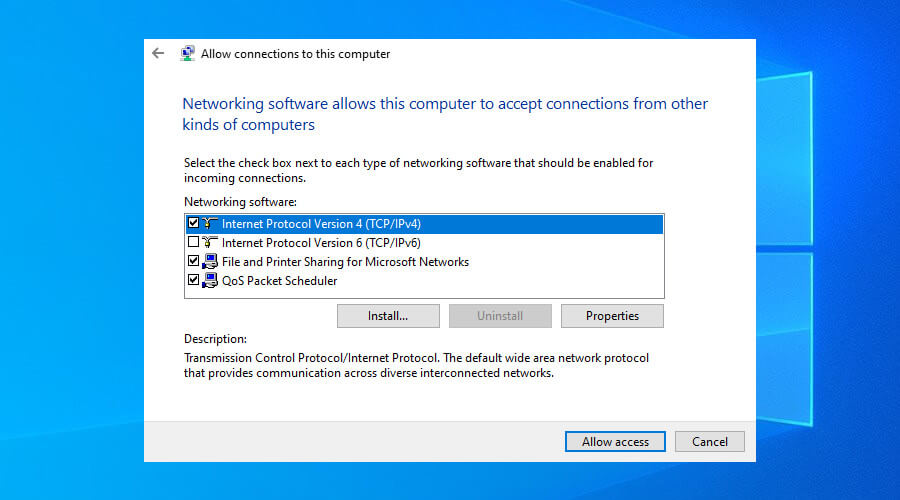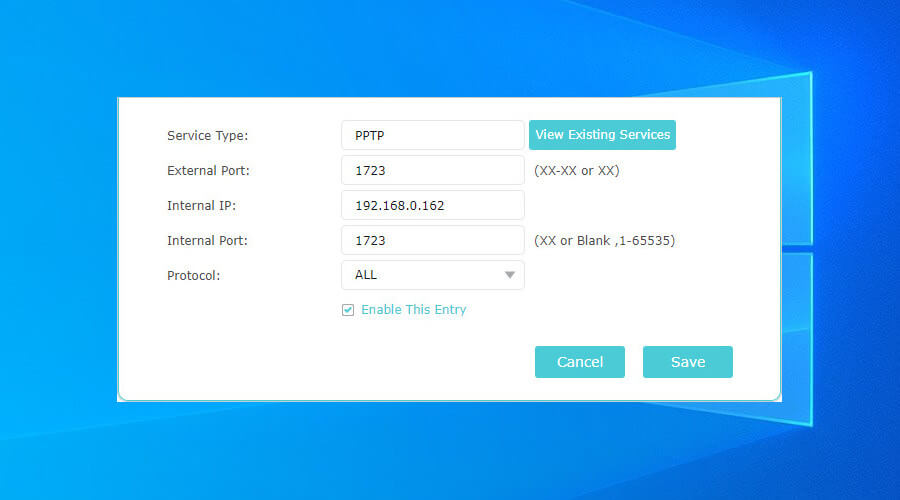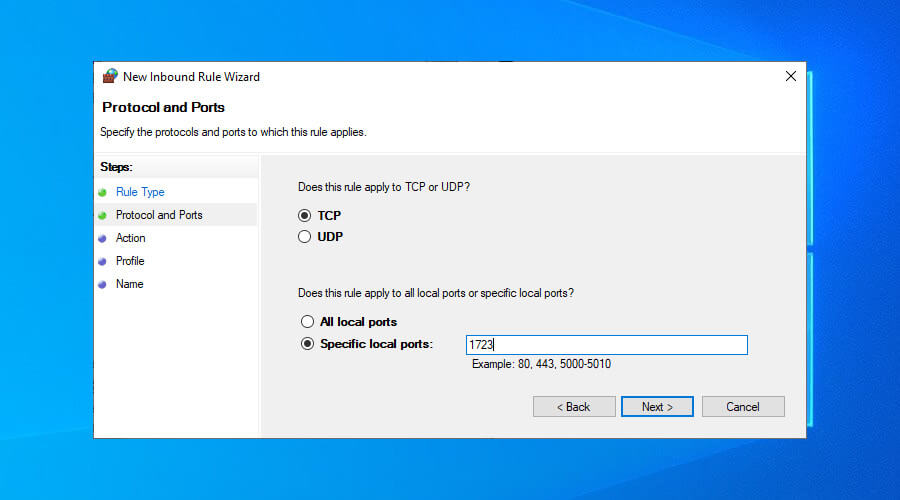How To Create A Vpn Server On Windows 10
How to setup a VPN at home on Windows 10
Elena started writing professionally in 2010 and hasn't stopped exploring the tech world since. With a firm grasp of software reviewing and content editing, she is always trying new things to improve her skill... Read more
- Setting up a VPN server on your home PC is a great way to remotely access your Windows 10 computer from any device in the world.
- You don't need to install any software to turn your device into a VPN server. All you need is a router that supports port forwarding.
- To learn all the tips and tricks of Microsoft's OS, visit our Windows 10 area.
- Check out ourVPN Troubleshooting Hubto fix any VPN problems.

Transforming your Windows 10 PC into a VPN server to setup a VPN at home is an excellent way to stay in touch with your files and applications, no matter where you are.
For example, you can access files through the VPN from the office if you forgot to copy an important work document or need to check up on torrent downloads. It's equally important to share files from your office to your home PC or laptop.
More importantly, it's a much safer option than resorting to remote access software tools, which are susceptible to various vulnerabilities.
Our step-by-step guide below shows you the exact steps to setup a VPN at home on Windows 10. The best part about it is that you don't need to install any additional software programs to make everything operational. You just need a router that supports port forwarding.
BEST VPNS WITH CYBER MONDAY DISCOUNTS
How do I setup a VPN at home on Windows 10?
Accept incoming connections on your home PC

- Right-click the Windows 10 Start button.
- Go to Network Connections > Change adapter options.
- Press Alt key, open the File menu, and click New Incoming Connection.
- Choose the user accounts* allowed to remotely access your PC.
- Proceed to the next step and activate Through the Internet.
- Click Next and don't change the Network software configuration.
- Click Allow access.
Although Windows 10 provides you with the hostname and recommends to make a copy of it, this won't be necessary for remote connections over the Internet (only for LAN connections).
If you made any mistakes during the setup, you can edit the connection properties by right-clicking Incoming Connections and selecting Properties. For example, you can go back anytime to allow more user accounts or remove the permissions of existing users.
*To ensure your computer's security, it's recommended to create a new user account that only you will know. Make sure to generate a random and secure password that can't be hacked. To easily keep track of your user credentials, use a password manager.
Configure router settings

- Press Ctrl + R, type cmd, and press Enter.
- Type ipconfig and hit Enter.
- Select your IPv4 address and press Enter to copy it.
- Log in to your router administration panel.
- Set up a new rule to enable port forwarding.
- Pick the PPTP protocol.
- Paste the IPv4 address you copied earlier.
- Set 1723 over TCP as the internal and external port.
- Make sure that PPTP passthrough is enabled.
If your networking device supports custom firmware, check out the best router software for Windows 10.
Check firewall settings

- Press Start, type firewall, press Enter.
- Click Advanced settings and go to Inbound Rules.
- Press New Rule in the Actions panel on the left side.
- Set Rule Type to Port and select TCP.
- Select Specific local ports and write 1723.
- Make sure to Allow the connection.
- Set any rule name and press Finish.
Your home VPN server is now ready. To test it, use another PC to create a VPN connection and connect to your home PC using the correct credentials (username and password with the PPTP protocol). Once you're in, you can access files through the VPN, copy, edit or rename data, and more.
VPN connection not working on Windows 10 through PPTP? This article shows how to quickly fix this issue.
In conclusion, figuring out how to setup a VPN at home on Windows 10 is the first step toward turning your home PC into a VPN server. It enables you to remotely connect from any computer and gain access to your personal data.
It's not necessary to install additional software. However, PPTP is a weak protocol with low security. We suggest upgrading to router firmware that supports OpenVPN configurations. Then you can install a free OpenVPN client on any device to remotely access your home VPN server.
Your connection is not secure - websites you visit can find out your details:
-
- Your IP Address:
87.62.90.10
Companies can sell this information, alongside your location and internet provider name, and profit from it by serving targeted ads or monitoring your data usage.
We recommend Private Internet Access, a VPN with a no-log policy, open source code, ad blocking and much more; now 79% off.
Frequently Asked Questions
-
Yes, Windows has a built-in VPN provider that you can use to create VPN connections. Plus, you don't have to install anything else to remotely connect to another PC over the Internet, so it's completely free.
-
-
Once you add the VPN connection or use a third-party VPN client, you can easily connect your PC to a VPN.
-
If you don't want to install any software on your PC for creating a VPN server at home or remotely connecting to a PC through VPN, PPTP is a simple, hassle-free solution. Plus, it's compatible with all major platforms. However, you should upgrade to OpenVPN on the long haul because it's significantly more secure.
-
Yes, you should use a VPN to watch Popcorn Time because the tool acts exactly like a torrenting client: it downloads files to your PC for streaming. If the tool violates copyright issues by downloading movies illegally, for example, your ISP might receive a DCMA warning and forward it to you. A VPN protects your identity and blocks ISP tracking.
![]()
Newsletter
How To Create A Vpn Server On Windows 10
Source: https://windowsreport.com/setup-vpn-home-windows-10/
Posted by: saucierdring1986.blogspot.com


0 Response to "How To Create A Vpn Server On Windows 10"
Post a Comment